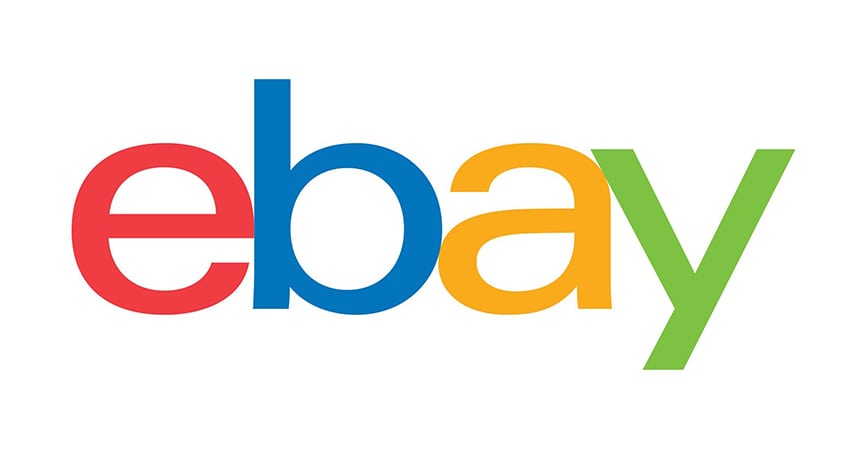Since launching in 1995, eBay has been a trailblazer in ecommerce. But following its 2015 spinoff of PayPal, eBay Managed Payments is now the method through which all transactions are processed on the platform. The aim was to grant sellers greater control over their online storefront. But what happens when buyers and sellers don’t see eye to eye?
We’ll discuss whether eBay’s Seller Protection platform protects all stakeholders evenly, and what else sellers need to protect their business from illegitimate disputes.
What is eBay Seller Protection?
eBay created the Seller Protection program to encourage both buyers and sellers to use the platform to resolve disputes. The aim here is to achieve a resolution without excessive fees or long wait times.
If a buyer disputes a transaction claiming they didn’t receive the item, don’t recognize the transaction, have an issue or received an item that doesn’t match the listing, then eBay Seller Protection may apply. This means the company covers the amount of the dispute, waives the dispute fee and removes any feedback related to the transaction.
Seller Protection covers eBay sellers in the event of claims and reversals resulting from unauthorized payments or lost items. It also guards against “abusive buying behavior and from events outside your control.”
Requirements and Exclusions
Unfortunately, eBay Seller Protection does not apply to all transactions. To be eligible, sellers must respond to the eBay dispute and act within the required timeframe, where applicable. They also must provide any evidence required by eBay in a timely manner.
It’s important to note that sellers must comply with eBay’s user agreement to qualify for Seller Protection, including their prohibited and restricted item policies. They must also comply with any applicable eBay dispute time limits, as well as one of the following that must be true:
- The transaction was for physical goods, and there is evidence of successful delivery or pickup
- Seller issued a full refund to the buyer through the platform before the eBay dispute was filed
- Seller issued a partial refund for an item that was returned used or damaged (as per eBay guidelines)
- An eBay money-back guarantee case of the same type already resolved the dispute
Additionally, eBay may automatically apply seller protections to a dispute without requiring the seller to respond or take action. If protections are automatically applied, eBay won’t charge a dispute fee or seek reimbursement from the seller if the dispute is resolved in favor of the buyer.
What is “Admissible Evidence” for an eBay Dispute?
To be eligible for eBay Seller Protection, sellers need evidence to back up their dispute case. What’s needed will depend on the situation, the items sold and the terms under which they were sold. Here is a common eBay dispute claim, along with the evidence needed to challenge them:
“Item Not Received” or Unrecognized Billing Details
If a buyer opens a payment dispute due to not receiving the item or not recognizing the transaction, the seller needs to provide either evidence of successful delivery to the buyer’s address at checkout, or proof that the buyer collected the item.
If eBay determines that the item was successfully delivered or picked up, they will not seek reimbursement from the seller for the disputed amount, even if the payment institution decides to refund the buyer. They will also waive or refund a seller’s dispute fee.
Evidence of successful delivery includes carrier tracking information that shows “delivered” (or the equivalent in the destination country); date of delivery; the recipient’s address matching the one on the order details page (including city/county, ZIP code or international equivalent); or proof of signature confirmation uploaded as an image (for orders of $750 or more). Evidence of successful store pickup requires sellers to validate the identity of the person collecting the item with a photo ID and provide evidence that includes:
- Order ID number
- Item number
- Item title
- Amount paid
- Date of collection
- Buyer’s signature confirming collection
- Address of pickup store or location
Preventing eBay Disputes
While it’s impossible to prevent every dispute, adopting certain practices can help reduce the number of chargebacks sellers receive. I recommend a series of best practices that form a proactive eBay chargeback protection strategy.
Firstly, it’s important to respond promptly to messages. Timely communication can prevent chargebacks resulting from buyers changing their minds after not hearing from you. It’s also essential to establish a clear return policy, as it provides buyers with peace of mind and may save you money overall.
Other tips include: blocking risky buyers; requiring delivery confirmation; capturing images of items before shipping to prove the item arrived as described online; and preserving messages sent to customers to verify their awareness of transactions or resolutions.
Seller Protection: Just the Start of eBay Chargeback Protection Strategy
Heeding this advice will get you started on a successful selling journey with eBay, but be prepared to go a bit further to stop disputes in their tracks.
While eBay Seller Protection does offer some benefits, it may not be comprehensive enough to fully protect your interests. Remember: this protection is limited to disputes within the platform. It doesn’t extend to chargebacks initiated through banks.
Thus, you may still be vulnerable to fraud and financial losses. To truly protect yourself consider implementing a multi-layered chargeback prevention strategy.
Monica Eaton is founder of Chargebacks911

